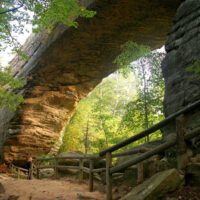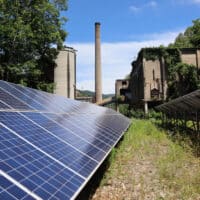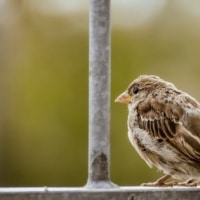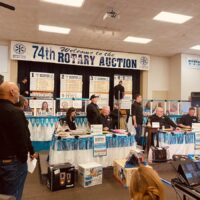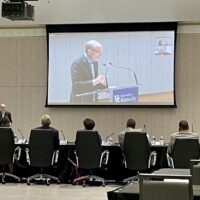“The American Buffalo,” a two-part, four-hour documentary by Ken Burns, premieres Monday, Oct. 16, on PBS. Both parts of the documentary will be shown several times beginning this week on Kentucky Educational Television, and the entire documentary will be available to stream.
Burns says the story is “mostly a tragedy … about disconnecting a whole group of people from an animal that they felt in kinship with over thousands of years. And it’s the story of another group of people who see themselves as superior, as the dominant species with permission to do anything they want to do” and almost exterminate a species that numbered in the tens of millions.
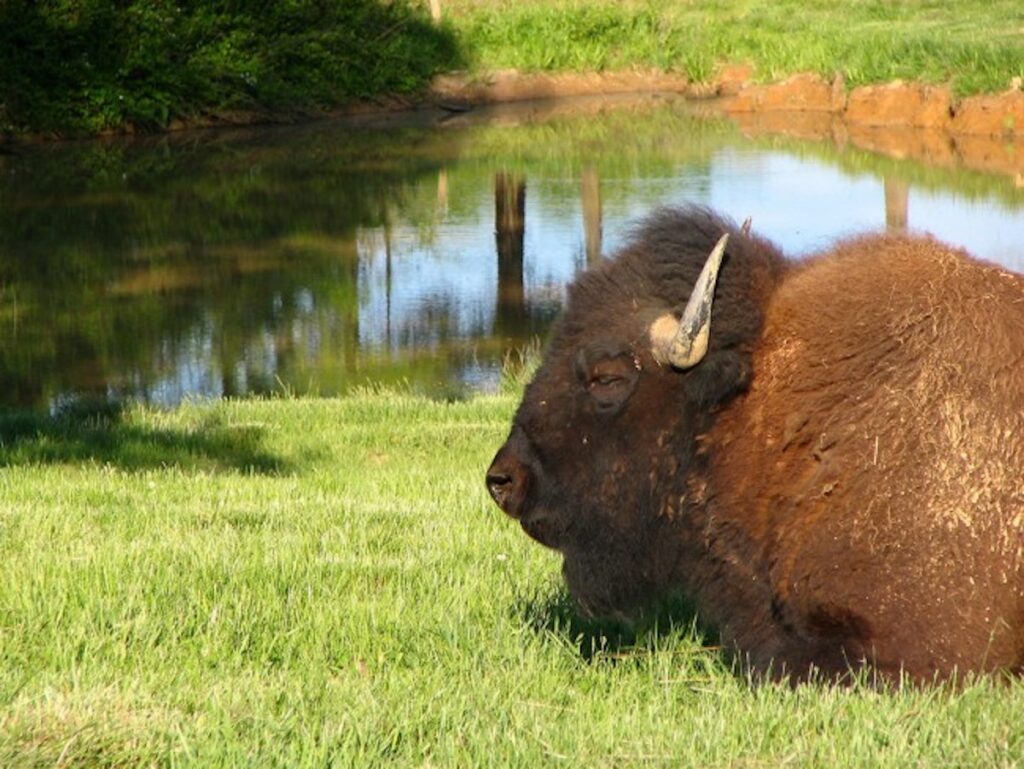
But it is also a story that offers hope.
After what Burns calls “the largest killing of wildlife in the history of the world,” some who took part in the killing helped preserve the species, Michael Ordoña reports for the Los Angeles Times. He says the documentary “contains inspiring accounts of oneness with nature, chilling stories of sadism and bloodshed in a mad rush for profit (and worse motives) — and a message of hope rooted in the potential for transformation within human beings.”
- RELATED: Bison are sacred to Native Americans − but each tribe has its own special relationship to them
Burns told Ordoña that for 30 years he wanted “to do a biography of an animal, to complement or contrast with all the other specific biographies or big-topic stuff that we’ve done. We’d intersected with that story in ‘The West’ in the mid-’90s, again in the late ’90s with ‘Lewis and Clark,’ and then in the aughts with ‘The National Parks.’ I’m glad that we waited, because it gave us time.
“Scholarship improved. It also gave us the possibility to develop a narrative that wasn’t just going to pay lip service to other points of view in some paternalistic or even patronizing way, like allowing other points of view, but seeding the film with them. … It allowed us to tell a much more complicated, a much more nuanced story and one that is not really complete. I think by the time we finished it, we realized our two parts were the first two acts of a three-act play. The third act is, ‘What are we going to do now?’
“Yes, the buffalo is saved. So our early ideas that this was a parable of de-extinction are true, but it’s so much more than that. Will they just be standing fenced in, in corrals or feedlots or whatever, sustainable, not going to go extinct, but can they roam wild and free the way they used to?”
Near Hopkinsville, visitors to Land Between the Lakes can drive through the Elk and Bison Prairie to see the massive animals in a 700-acre enclosure. It is open from dawn to dusk, seven days a week. Admission is $5 per vehicle.
The Elk and Bison Prairie opens “a door to the past as it may have appeared to the Shawnee Tribe and frontier wilderness explorers,” an LBL fact sheet describes. “Vast herds of bison and elk blanketed this land, creating broad paths as they migrated. Today, we still travel many of those same paths, most notably along Interstate 24. Native Americans used this area as hunting grounds, periodically setting fires to draw big game.”
The term buffalo is commonly used when referring to American bison. However, technically, buffalo are not indigenous to North America. They are found in South Asia (water buffalo) and Africa (Cape buffalo), according to Britannica.


